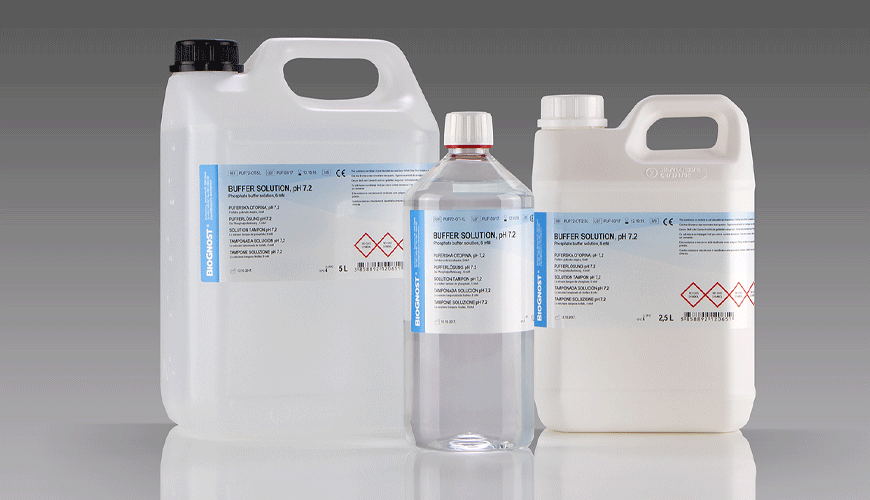

This standard specifies a comparative procedure for observing the characteristic and residual odors of volatile organic solvents and diluents to determine their odor acceptability in a solvent system.

This standard is not intended to be used to determine subtle odor differences between materials or to determine odor intensity. It is recommended that this standard not be used if the evaporation time to dry at room temperature exceeds 30 minutes, or to determine the residual odor of a liquid as agreed.
ASTM D1296 Test Procedure
Many solvents and diluents are dangerous or toxic. Take special precautions when identifying the scent of all products. Perform tests only as often as necessary for control and base assessments on short sniffs with as little vapor inhalation as possible. Provide adequate ventilation to keep the solvent or diluent concentration below the personnel exposure limit value for the general work area given in the MSDS. Other hazards may also be present. These may be flammable, corrosive or explosive hazards, but are not limited to.
Characteristic odor, immerse 25 x 75 mm fast quality paper strips, each in a beaker or other suitable container, to a depth of 50 mm, with no foreign odor, into the sample and reference standard. Make an immediate comparison between the smell of the two materials in the filter papers. Residual odor, immerse 25 x 75 mm rapid qualitative paper strips, each contained in a beaker or other suitable container, into the tested sample and reference sample to a depth of 50 mm, with no foreign odor. Allow the papers to air-dry at room temperature and inspect for odor differences at appropriate intervals. If only the "characteristic" odor of the material is to be determined, the evaporation step can be skipped.
ASTM D1296 Test Method
Paint and related coatings, materials, and applications are under the jurisdiction of ASTM Committee D01 and direct responsibility of subcommittee D01.35 on solvents, plasticizers, and chemical intermediates.
Characteristic odor Report the odor as "characteristic" if, immediately upon inspection, the odor of the wet filter paper containing the sample is similar to that of the filter paper containing the standard. However, if the odor of the sample is not suitable for the intended solvent use compared to the standard, report the odor as "non-characteristic". If residual Odor is not detectable on the sample paper after both standard and sample papers appear dry, report the odor as "non-residue". It is assumed that the standard, acceptable to both the consumer and the manufacturer, has no detectable odor residue. If the odor persists in the sample paper after no odor can be detected on the standard paper, report the odor as "residual".
Our EUROLAB Laboratory test experts, with their professional working mission and principles, provide you, our manufacturers and suppliers, the best service and controlled testing process in our accredited laboratories within the scope of ASTM D1296 test standard.
To get an appointment, to get more detailed information or to request an evaluation, you can ask us to fill in our form and reach you.